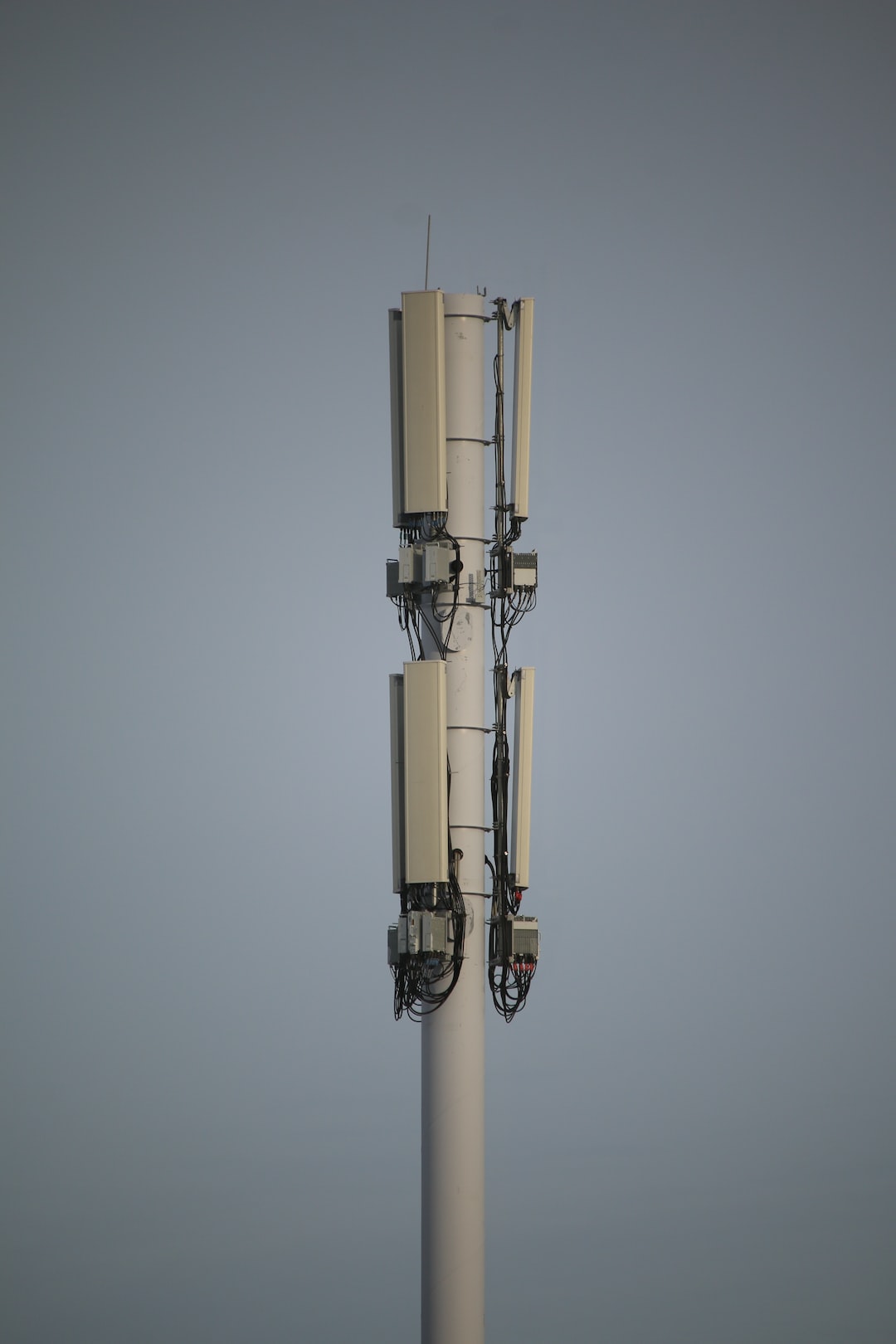The Benefits of Using a Time Tracker: How Students and Teachers Can Improve Efficiency
The Benefits of Using a Time Tracker: How Students and Teachers Can Improve Efficiency
1. Introduction
Time tracking can be a helpful tool for students and teachers to improve efficiency and get more done in a day. By keeping track of how much time is spent on tasks, students and teachers can better assess where their time is being spent and make changes to be more productive.
There are many time tracking apps available, and they all have different features. Some apps allow you to set timers for specific tasks, while others let you track your time manually. Some apps even provide detailed reports of your time usage.
The app you choose will depend on your needs and preferences. However, all time tracking apps can be beneficial in helping you to assess your time usage and make changes to be more efficient.
https://unsplash.com/@martenbjork
2. What is a time tracker?
A time tracker is an app or software that keeps track of how much time is spent on a given task. Time tracking helps both students and teachers to understand how their work time is being spent and make changes to be more organized and efficient.
Time tracking can be done manually or using a timer. Manual time tracking involves setting a duration for a task and logging it at the end of the task. Automated timers, on the other hand, set a countdown and stops when the task is finished.
Time trackers also provide detailed reports of where time is spent, giving users an accurate view of how their time is being used. This can be useful for identifying where time may be lost and focusing on more productive tasks.
https://unsplash.com/@lucabravo
3. How can a time tracker benefit students?
Time trackers help students become more organized and maximize their time. By accurately tracking their time, students can identify where they can improve efficiency and can focus on the more important tasks.
For example, if a student uses a time tracker to track the amount of time being spent on a class assignment versus studying for an exam, the time tracker will provide data that allows the student to make adjustments to their time management.
In addition to studying smarter, a time tracker can help students by allowing them to plan ahead, prioritize their tasks, and avoid procrastination. With a better understanding of how they use their time, students can manage their workloads more effectively and feel more in control of their studies, leading to better grades and improved performance.
https://unsplash.com/fr/@aleexcif
4. How can a time tracker benefit teachers?
Teachers also stand to benefit greatly from using a time tracker. Educators of all kinds – from kindergarten teachers to professors – use time trackers to plan and manage their activities more efficiently.
By using a time tracker, teachers can systematically and accurately measure the amount of time they’re spending on various tasks, including lesson planning, grading, and professional development. This will allow them to identify where they can save time and adjust their workflow to maximize efficiency.
In addition to that, a time tracker will help teachers plan and prioritize tasks more effectively, manage their workloads better, and avoid procrastination. It can also be used to analyze the effectiveness of teaching strategies, allowing teachers to make adjustments to maximize the learning outcomes of their students.
https://unsplash.com/fr/@aleexcif
5. The bottom line: using a time tracker leads to improved efficiency
Using a time tracker has been proved to lead to improved efficiency in both teachers and students. Teachers are able to better manage their workload, plan and prioritize tasks better, and allocate resources more intelligently. For students, time tracking helps them build better organization and planning skills, as well time management habits, that can help them in their studies and beyond in their personal and professional lives.
Overall, time tracking solutions are extremely useful for both teachers and students. By tracking how they’re spending their time, teachers and students can identify areas where they can save time and optimize their workflow. Ultimately, this will enable them to be more productive and efficient in their daily tasks, thus allowing them to get more done in less time.
https://unsplash.com/fr/@aleexcif
6. Time tracker tools to consider
When it comes to selecting a time tracking tool, you want to consider the features and features that best suit the needs of both teachers and students. Here are some of the features to consider when selecting a time tracker:
1. Task management features: The best time tracker tools should allow teachers and students to create tasks, assign priorities to them, and manage them in an effective way.
2. Analytics: The tool should provide insights into how the user is spending their time, as well as provide reports to understand ways in which they can improve their time management skills and become more efficient.
3. Real-time notifications and reminders: Time tracking tools should provide notifications and reminders to help teachers and students keep track of tasks and deadlines.
4. Ability to integrate with other services: The tool should be able to integrate with other services such as calendar, email, and task management tools, which helps streamline the workflow and make it easier to stay on track.
Overall, when selecting a time tracker tool, it’s important to consider the features and functions that best suit the needs of the user. By doing so, teachers and students can ensure they’re getting the most out of the time tracker and ultimately improving their efficiency.
https://unsplash.com/@photo_tanbir
7. FAQs about time tracking
There are many questions that students and teachers may have when it comes to time tracking. To make it easier, here are seven frequently asked questions about time tracking:
1. How accurate is time tracking software? The accuracy of a time tracker tool depends on various factors, such as the quality of the time-tracking metrics, algorithms and data models used, and other settings configured within the tracker.
2. What’s the best time tracking software for teachers? The best time tracking software for teachers depends on their specific needs and preferences. There are various software tools available that offer features such as task management, analytics, reminders, and more.
3. How much does time tracking software cost? The cost of a time tracking tool varies depending on the features and functionality offered by the tool. Generally, the cost of a tool depends on the size of the organization, the number of users, and the level of customization required.
4. What tasks should be tracked using time tracking software? To get the most out of a time tracking tool, it’s important to track tasks such as planning, researching, writing, and reading. This can help identify areas of improvement.
5. Are there any rules to follow when using a time tracking tool? Yes, it’s important to follow basic rules when using a time tracking tool, such as keeping projects reasonable in size, setting reasonable goals, and organizing tasks into manageable chunks.
For any question, please contact us in OpenTimeClock.com. https://www.opentimeclock.com.
Created with the Personal Edition of HelpNDoc: Upgrade Your Documentation Process with a Help Authoring Tool





